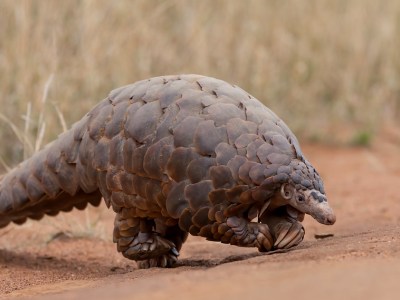“We must not let a forest full of trees fool us into believing that all is well.”
Kent Redford’s cautionary statement turned prevailing views on forest conservation inside out when it was published in an essay titled ”The Empty Forest,” in BioScience journal almost 30 years ago.
“Many of these forests are ‘living dead,’ and, although satellites passing overhead may reassuringly register them as forest, they are empty of much of the faunal richness valued by humans,” Redford wrote, referring to apparently healthy standing forests.
“An empty forest is a doomed forest,” he said.
Today, amid debates over the COVID-19 pandemic and its relationship to wild animals and deforestation, his landmark essay suggests another potential iteration as the origin of the new SARS-COV2 coronavirus is sought.
It has been widely hypothesized that the virus is zoonotic, originating in bats and passing through another animal, possibly a pangolin or a dog, before jumping to humans in a market in Wuhan, China.

